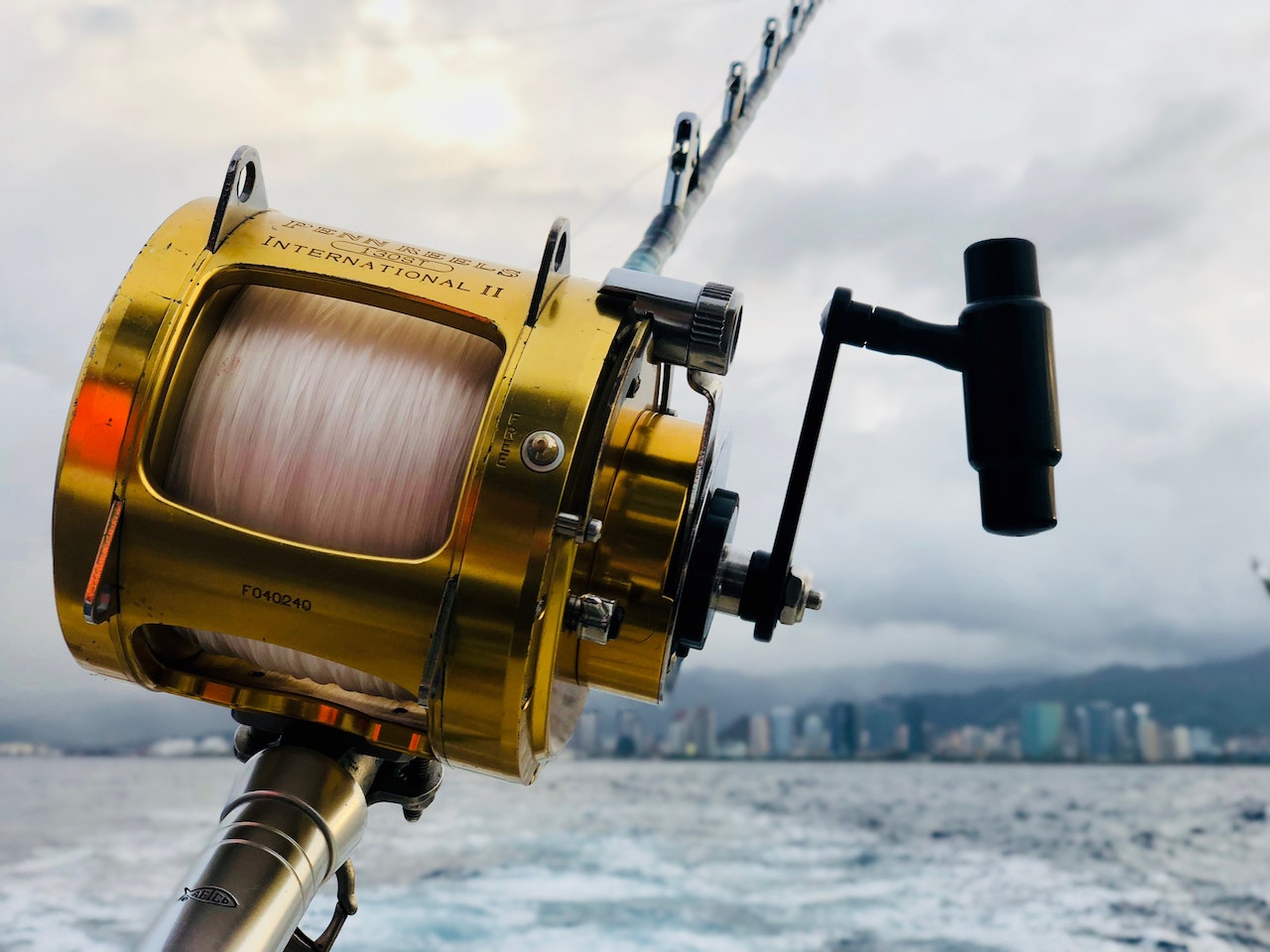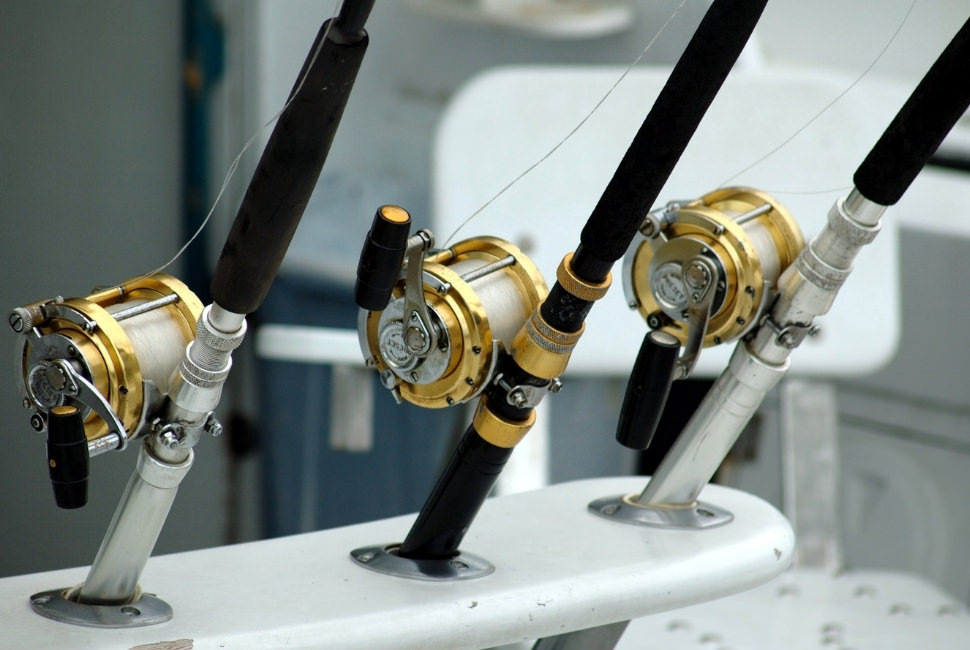Last Updated on July 20, 2023 by Afsar
Every angler knows that the success of a fishing trip depends significantly on the condition of their gear. Whether you’re a seasoned pro preparing for a grand saltwater fishing expedition or a hobbyist planning a peaceful weekend by the lake, your rod and reel are your trusted companions. And like any relationship, they require attention and care to function at their best.
Cleaning your fishing rod and reel is a fundamental aspect of fishing that often gets overlooked. However, maintaining clean equipment can be the difference between landing that trophy catch or telling yet another tale about the one that got away. With a little effort and time, you can keep your rod and reel in top shape, ready to handle whatever challenges the waters throw at them.
In this comprehensive guide, we’ll take a deep dive into the step-by-step process of cleaning your fishing reel. From disassembling the reel assembly to cleaning each component and reassembly, we’ll cover it all. This guide ensures that your rod and reel stay in peak condition, providing you with the best possible fishing experience. So, whether you’re wielding baitcasting reels or spinning reels, rest assured – we’ve got you covered.
Step 1: Prepare Your Reel for Cleaning
Before you start cleaning your fishing reel, it’s important to prepare your workspace and reel assembly. A clean, well-lit space with plenty of room to lay out your tools and reel components is ideal. Start by removing the fishing line from the reel. You can use masking tape to secure any loose line to the spool, making it easier to handle.
Next, it’s time to disassemble your reel. Keep in mind that the assembly process differs between spinning reels and baitcasting reels. Make sure to refer to your reel’s specific manual for instructions on how to dismantle it. Be careful when removing the spool and the gear system, as these parts are often delicate.
Step 2: Deep Dive into Cleaning the Components
Once your reel is disassembled, each component’s cleaning begins. While it might seem tedious, the longevity and improved performance of your gear are worthy rewards for your meticulousness.
Cleaning Tools
To clean your fishing reel components effectively, gather a toothbrush or small brush, a bowl of warm water, and mild dish soap. These tools are perfect for gently dislodging dirt and grime from the intricate parts of your reel.
Cleaning the Spool
Start by cleaning the spool. Dip your toothbrush into the warm soapy water and gently scrub all surfaces of the spool. Pay attention to the center, where the fishing line is wound, as this area often accumulates a lot of debris. Once you’ve scrubbed off the dirt, rinse the spool under warm running water and set it aside to dry.
Cleaning the Drag and Gear System
Next, focus on the drag system and the gear system. These are the heart of your reel’s operation, converting your handle turns into spool rotation. Like the spool, use your brush and soapy water to scrub these components. Be meticulous in your cleaning, ensuring you get into every crevice and corner. Again, rinse thoroughly and set aside to dry.
Cleaning the Ball Bearings
The ball bearings demand a bit more attention due to their critical role in the reel’s smooth operation. Even a small amount of grit or grime can cause inefficiency in their function, potentially leading to a less-than-ideal fishing experience. To clean the ball bearings, it’s advisable to soak them in a cleaning solution specifically designed for this purpose. This kind of solution is capable of dissolving stubborn grime without damaging the bearings themselves.
Submerge the bearings in the cleaning solution and allow them to soak as per the solution’s instructions (typically for a few minutes). After soaking, use your small brush to clean off any lingering grime. After cleaning, rinse the bearings thoroughly to remove any residue from the cleaning solution.
Once all the reel components have been meticulously cleaned, it’s time to let them dry completely. Patience is crucial here – any remaining moisture can lead to corrosion over time. To be safe, you can use a clean, dry towel to wipe off the majority of the water and then leave the components to air dry in a well-ventilated area.
By taking your time with each step, you can ensure your reel’s longevity and optimal performance, keeping it as a reliable companion for your future fishing adventures.

Step 3: Dry and Lubricate the Reel
After all the components of your reel have been cleaned, ensure they are fully dry before you start reassembling. Any residual moisture can lead to rust or corrosion, which can damage your reel over time. Use a clean, dry towel to remove most of the water, and then let the parts air dry completely.
Next, it’s time to lubricate your reel. This is a critical step in the process, as it helps to reduce friction within the reel, ensuring smooth operation. Use reel oil for this purpose – it’s specifically designed to withstand the rigors of fishing, including exposure to saltwater. Apply the oil to all moving parts of the reel, including the ball bearings and gear system.
Step 4: Reassemble Your Reel
Once all the parts are dry and lubricated, carefully reassemble your reel according to your manual’s instructions. Make sure to take your time with this process, as it can be a little tricky. Make sure everything fits together as it should, with all screws and parts snugly in place.
Step 5: Test Your Reel
After you’ve completed the cleaning process and reassembled your reel, test it to make sure it’s working correctly. Attach it to your rod and spool on some fishing line. Give it a few casts and retrieves to ensure everything is operating smoothly. If anything feels off, it might mean something wasn’t assembled correctly, and you’ll need to revisit that.
By following this guide, you can ensure that your rod and reel remain in good condition, ready to take on any fishing challenge. Regular cleaning not only extends the life of your reel but also improves performance, giving you the best chance of landing that big catch on your next fishing trip. So, make cleaning your fishing gear a habit, and you’ll enjoy the benefits for years to come.
Frequently Asked Questions (FAQ)
The frequency of cleaning depends on how often you use your reel and the conditions you fish in. If you fish in saltwater, it’s best to rinse your reel with fresh water after every trip. A deep cleaning should be done at least once or twice a year. If you fish in freshwater, cleaning once a year should suffice unless the reel gets excessively dirty or performs poorly.
It’s best to use reel oil, specifically designed for fishing reels. These oils are designed to withstand the conditions the reel is exposed to, including saltwater and sandy environments. Using other oils may cause damage or premature wear on your reel.
You can often find digital versions of manuals on the manufacturer’s website. If not, there are many online forums and videos where you can find information about your specific model. Always remember to take pictures before and during the disassembly process to ensure proper reassembly.
If you find corrosion on your reel, it’s best to remove it as soon as possible. Use a toothbrush or small brush and a mild cleaning solution to gently scrub off the corrosion. After cleaning, dry the reel thoroughly and apply a thin layer of reel oil for protection. In severe cases, it may be necessary to replace certain parts.
After rinsing the components of the reel, gently pat them dry with a clean towel. Then, let them air dry completely in a well-ventilated area. It’s essential to ensure that all parts are completely dry before reassembly to avoid any potential rust or corrosion.
Mild dish soap diluted in warm water is safe for most parts of your reel. However, a specialized cleaning solution is recommended when it comes to cleaning the ball bearings. This will effectively remove grime without damaging the bearings.
If your reel feels rough or unsteady even after thorough cleaning and lubricating, there might be wear and tear on the gears or bearings. In this case, consider replacing these parts or consult a professional.
And there you have it, a comprehensive guide to cleaning your fishing reel, giving it the TLC it deserves after those long days out on the water. Always remember, your gear is your best friend out there, and a little attention to its upkeep can go a long way in ensuring your fishing trips are successful and trouble-free. So next time before you set out with your bait and tackle, take a moment to show your rod and reel some care. It’s not just about increasing the longevity of your equipment, but also about maintaining the joy and satisfaction that fishing brings to your life. So, keep those reels clean, anglers, and let every cast be a promise of an exciting catch!

Afsar is an avid kayak blogger born near the coast. He has a passion for kayaking and started as a child. He has paddled in various conditions and locations and promotes responsible kayaking. Afsar’s blog is widely read, and they are a respected voice in the kayaking community, offering valuable content on kayaking trips, gear, tips, and tricks. Afsar collaborates with other bloggers and brands and continues to inspire others through their writing and social media.

